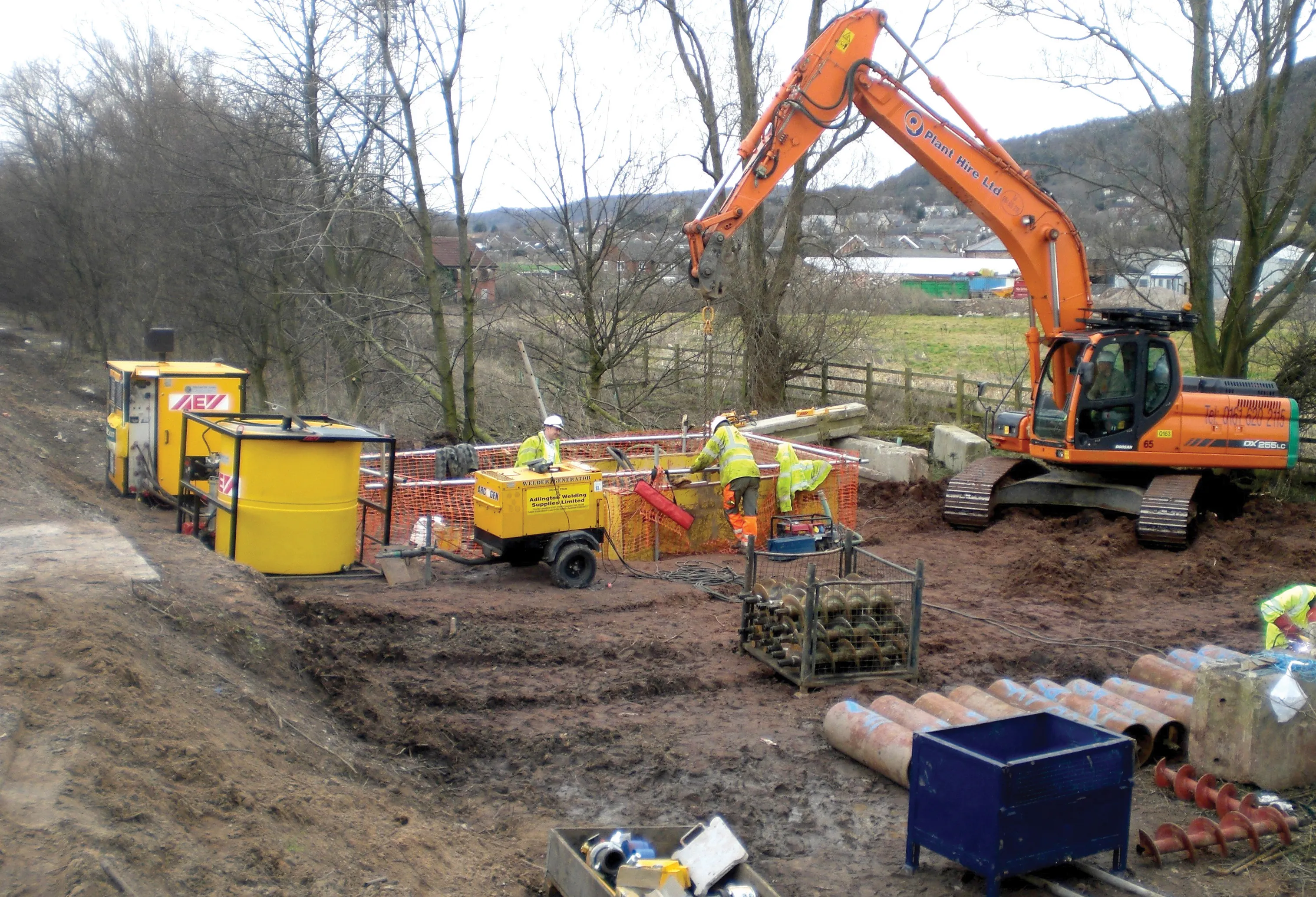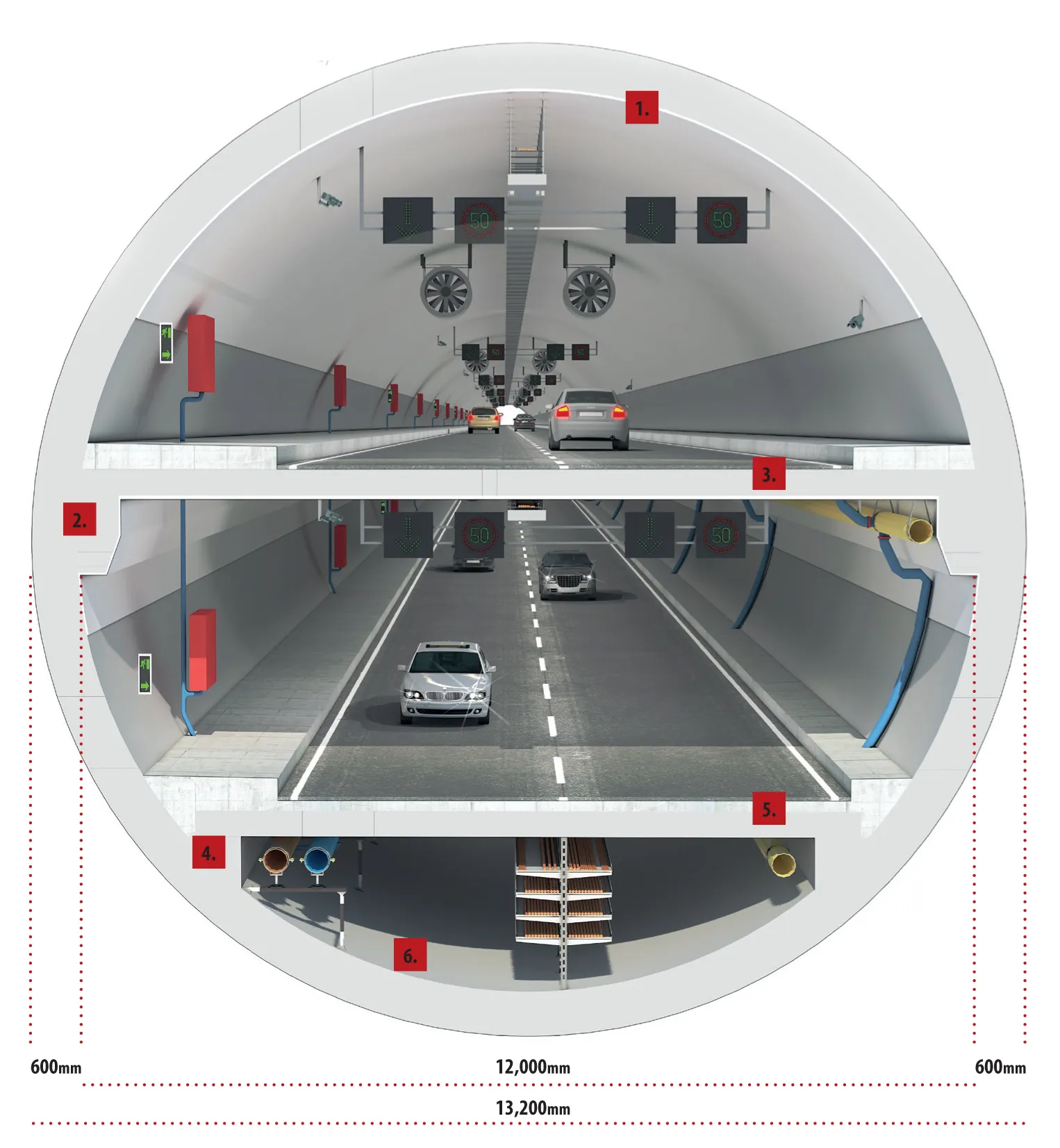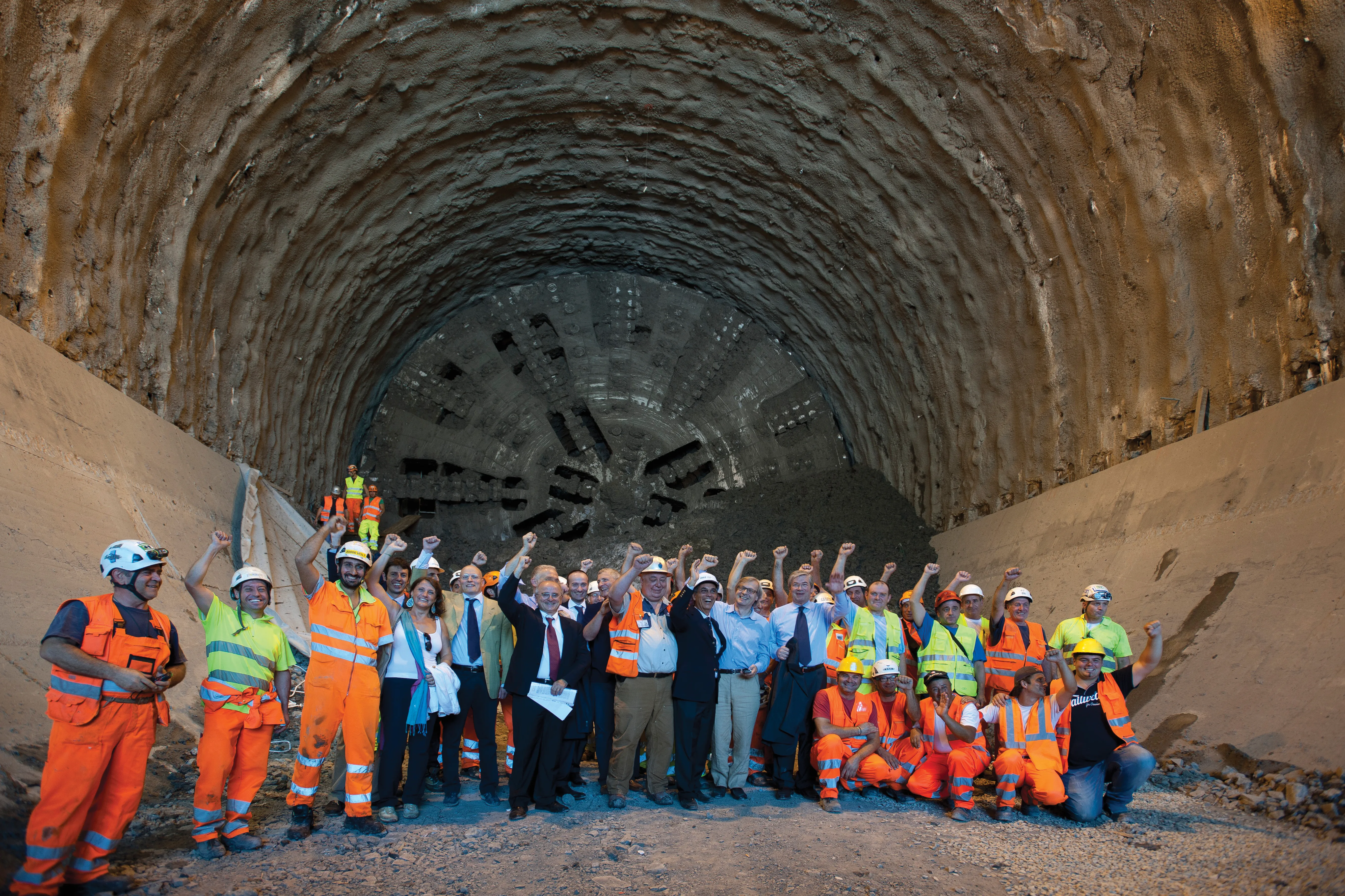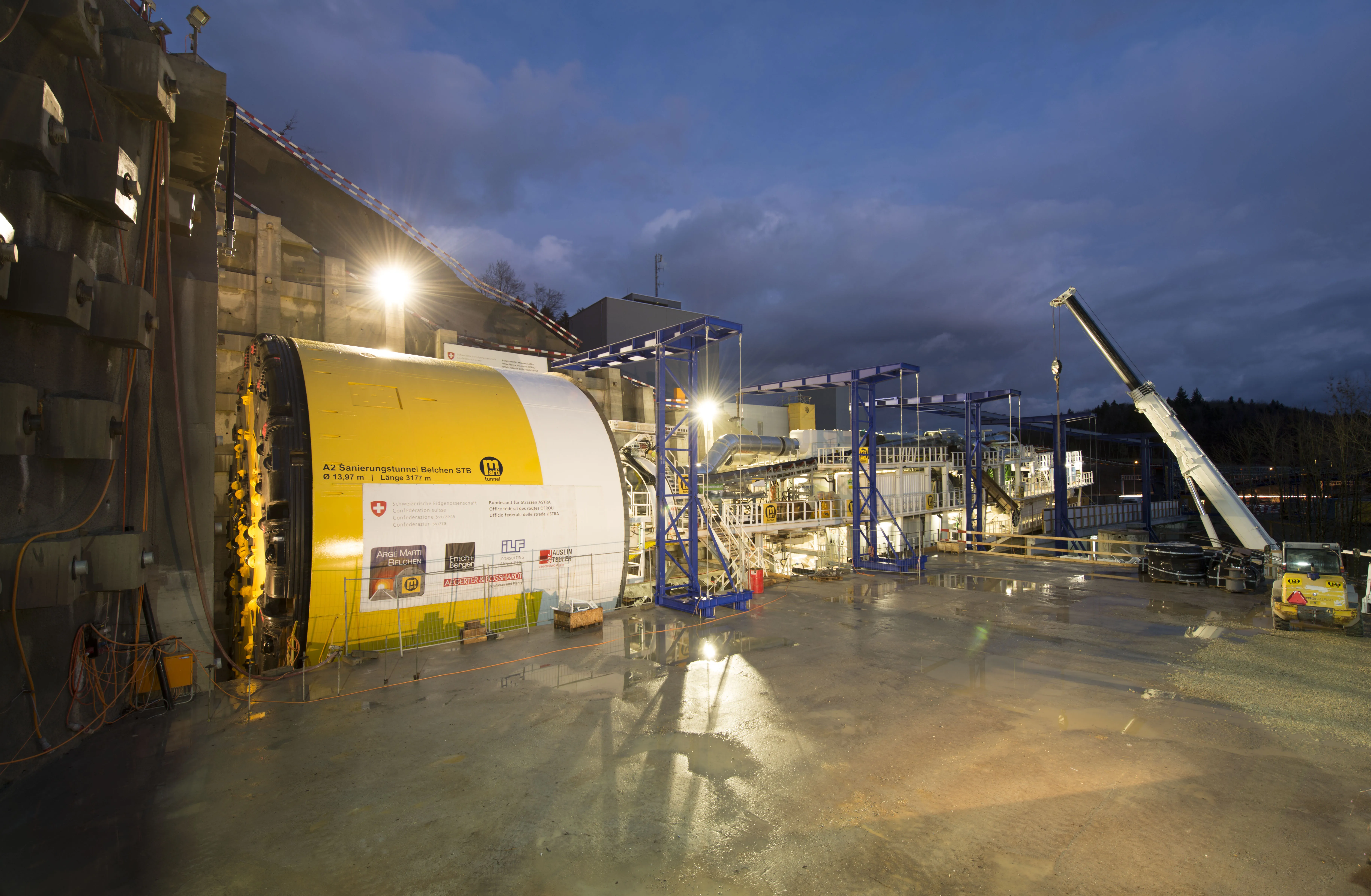The UK is now benefiting from the installation of sophisticated automated traffic management equipment and information signs on its motorway network. But with heavy traffic volumes on these roads, novel techniques have had to be implemented. One such operation, organised by client The Highways Agency and its consulting engineer A.One+, has recently been underway on the M56 motorway between Junctions 9 and 16 in north-west England under the Triple Package Advanced Works designation. To minimise traffic distu
February 6, 2012
Read time: 3 mins

The UK is now benefiting from the installation of sophisticated automated traffic management equipment and information signs on its motorway network.
But with heavy traffic volumes on these roads, novel techniques have had to be implemented. One such operation, organised by client The2309 Highways Agency and its consulting engineer A.One+, has recently been underway on the M56 motorway between Junctions 9 and 16 in north-west England under the Triple Package Advanced Works designation.
To minimise traffic disturbance, it was decided to use horizontal directional drilling techniques for the majority of the crossing installations for the fibre optic cabling system. Ground investigations were carried out using bore holes at each crossing location and on both sides of the motorway, indicating that this was a suitable trenchless technique for the conditions.
The main contractor for the trenchless installation work was AE Yates, working with sister company AE Yates Trenchless Solutions. The majority of the crossings, 25 out of 26, were completed using various HDD drilling rigs and followed the project plan. The HDD bores varied in length between 40-100m and comprised the installation of four-way 110mm diameter conduits.
However, at one particular crossing location, the work site was restricted in space, both on the launch and reception sides, which meant that the use of the HDD technique was not possible, so another option had to be found.
Investigation of the options available led engineers at2305 AE Yates to select the pilot auger microtunnelling technique for the limited-space site.
With the auger crossing site comprising compact sand and weathered sandstone, the correct choice of installation technique was vital, while still being able to operate in the confined spaces on either side of the motorway.
Careful consideration of the options available led to the choice of a2302 Perforator PB85V pilot auger microtunnelling system. The auger crossing comprised the installation of a 45m long, 300mm diameter 'lost steel tube,' which was to act as a carrier pipe for four 110mm diameter conduit pipes supplied by Drain Centre of Wigan, into which the fibre optic cables for the traffic management system would be installed.
To complete the crossing the rig was located in the start shaft on the line and level required for the crossing. As the pilot bore progressed, the use of the laser-based optic electronic navigation system (OEN) allowed the pilot bore to be driven along the required route of the bore towards the target point.
Once the pilot bore was completed the cutting head was changed to an auger system to enlarge the pilot hole, removing spoil with the auger chain installed behind the auger cutting head. With the bore at the correct size the pipe installation was then completed by jacking the necessary pipe into place behind the auger chain while removing the displaced auger units at the reception shaft.
The HDD installations took an average of two restricted-hours night shifts each to complete, because of traffic management constraints, restricted working space and a requirement to dig the HDD rigs in at each site alongside live traffic on the M56 motorway.
Works on the auger crossing installation took five day shifts following shaft construction and site preparation. Using these guided boring systems allowed a tricky project to be completed on a site close to a motorway and in a limited space, a notable achievement.
But with heavy traffic volumes on these roads, novel techniques have had to be implemented. One such operation, organised by client The
To minimise traffic disturbance, it was decided to use horizontal directional drilling techniques for the majority of the crossing installations for the fibre optic cabling system. Ground investigations were carried out using bore holes at each crossing location and on both sides of the motorway, indicating that this was a suitable trenchless technique for the conditions.
The main contractor for the trenchless installation work was AE Yates, working with sister company AE Yates Trenchless Solutions. The majority of the crossings, 25 out of 26, were completed using various HDD drilling rigs and followed the project plan. The HDD bores varied in length between 40-100m and comprised the installation of four-way 110mm diameter conduits.
However, at one particular crossing location, the work site was restricted in space, both on the launch and reception sides, which meant that the use of the HDD technique was not possible, so another option had to be found.
Investigation of the options available led engineers at
With the auger crossing site comprising compact sand and weathered sandstone, the correct choice of installation technique was vital, while still being able to operate in the confined spaces on either side of the motorway.
Careful consideration of the options available led to the choice of a
To complete the crossing the rig was located in the start shaft on the line and level required for the crossing. As the pilot bore progressed, the use of the laser-based optic electronic navigation system (OEN) allowed the pilot bore to be driven along the required route of the bore towards the target point.
Once the pilot bore was completed the cutting head was changed to an auger system to enlarge the pilot hole, removing spoil with the auger chain installed behind the auger cutting head. With the bore at the correct size the pipe installation was then completed by jacking the necessary pipe into place behind the auger chain while removing the displaced auger units at the reception shaft.
The HDD installations took an average of two restricted-hours night shifts each to complete, because of traffic management constraints, restricted working space and a requirement to dig the HDD rigs in at each site alongside live traffic on the M56 motorway.
Works on the auger crossing installation took five day shifts following shaft construction and site preparation. Using these guided boring systems allowed a tricky project to be completed on a site close to a motorway and in a limited space, a notable achievement.









